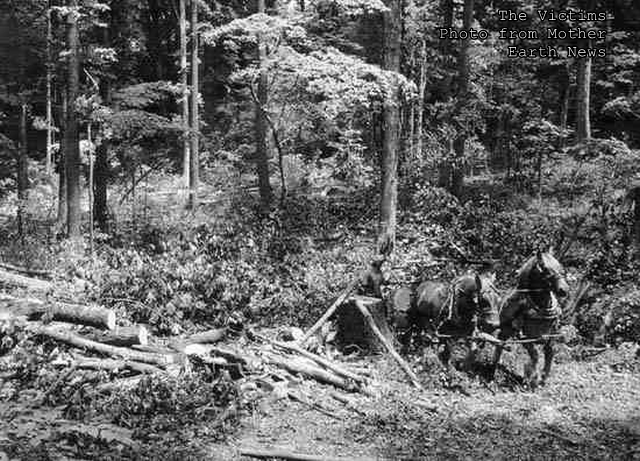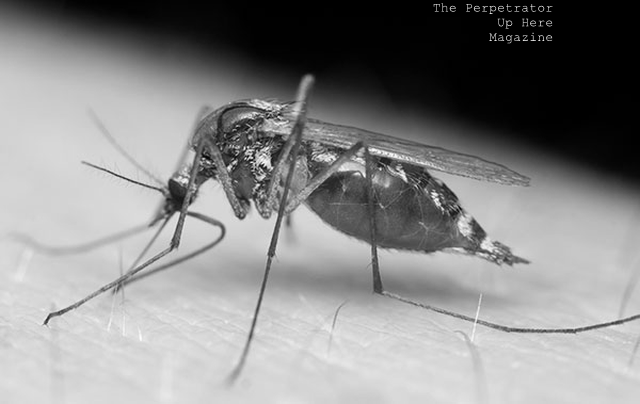
Horses struck the soldiers of the 340th as a fine idea but not as a personal gift to Yukon’s mosquito population. The mosquitos thought that part up for themselves.
Working south out of Teslin, the bulldozers of the 340th could knock trees down but not out of the way. Downed trees left an unacceptable pile of brush in the roadway. Soldiers had to scramble behind the dozers, cutting up the fallen trees and hauling the branches off to the side.
An idea dawned. They needed a team of horses. And some local Indians had a team to rent.
The soldiers’ plan? The horses would supply the muscle and the soldiers would supply the brains. And for a few days, the plan worked. The horses proved far better than the soldiers at dragging brush and logs out of the right of way.
Link to another story “Equal Opportunity Torture”
But the Yukon mosquitoes noticed the horses and formulated their own plan.
One night a strange sound penetrated the canvas walls of their tents. The soldiers sat up, rubbing sleep from their eyes. Was someone pitching horseshoes in the middle of the night?
It sure sounded like it.

They left the tents, went around back to investigate, and, sure enough, they found a game of horseshoes going on. Mosquitoes had eaten the horses and were pitching horseshoes to determine who got the harness.

I don’t make these up. A soldier interviewed by Donna Blasor-Bernhardt for her book Pioneer Road, passed this story for truth.
I’m just passing it on.




























